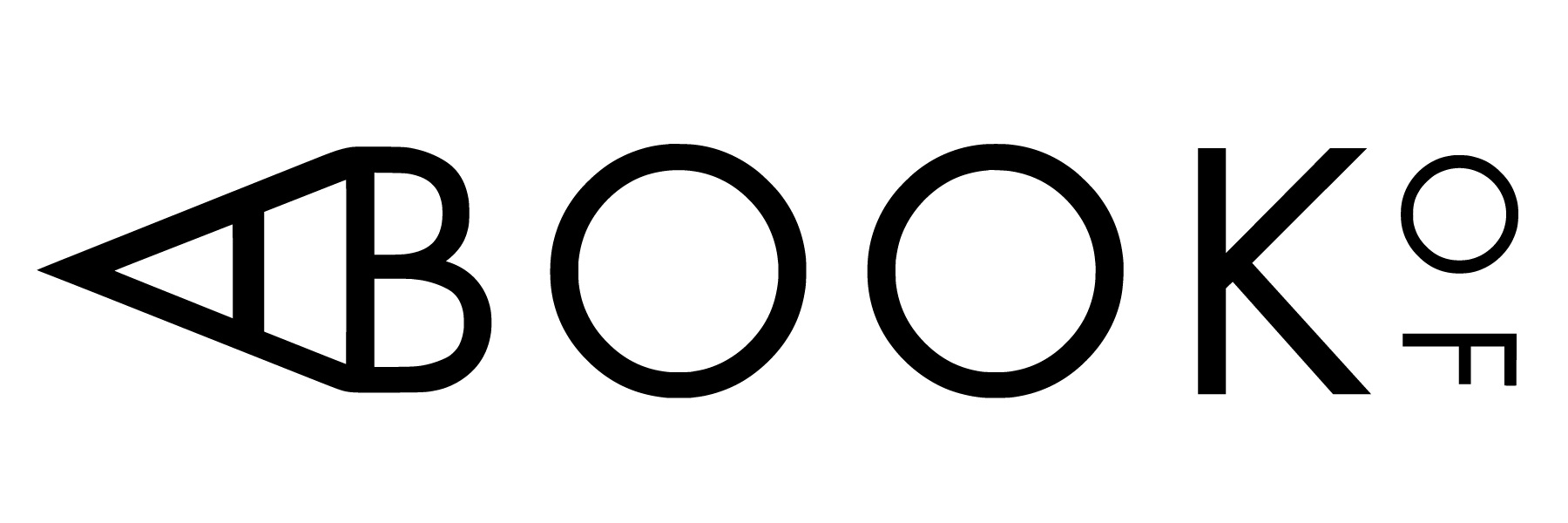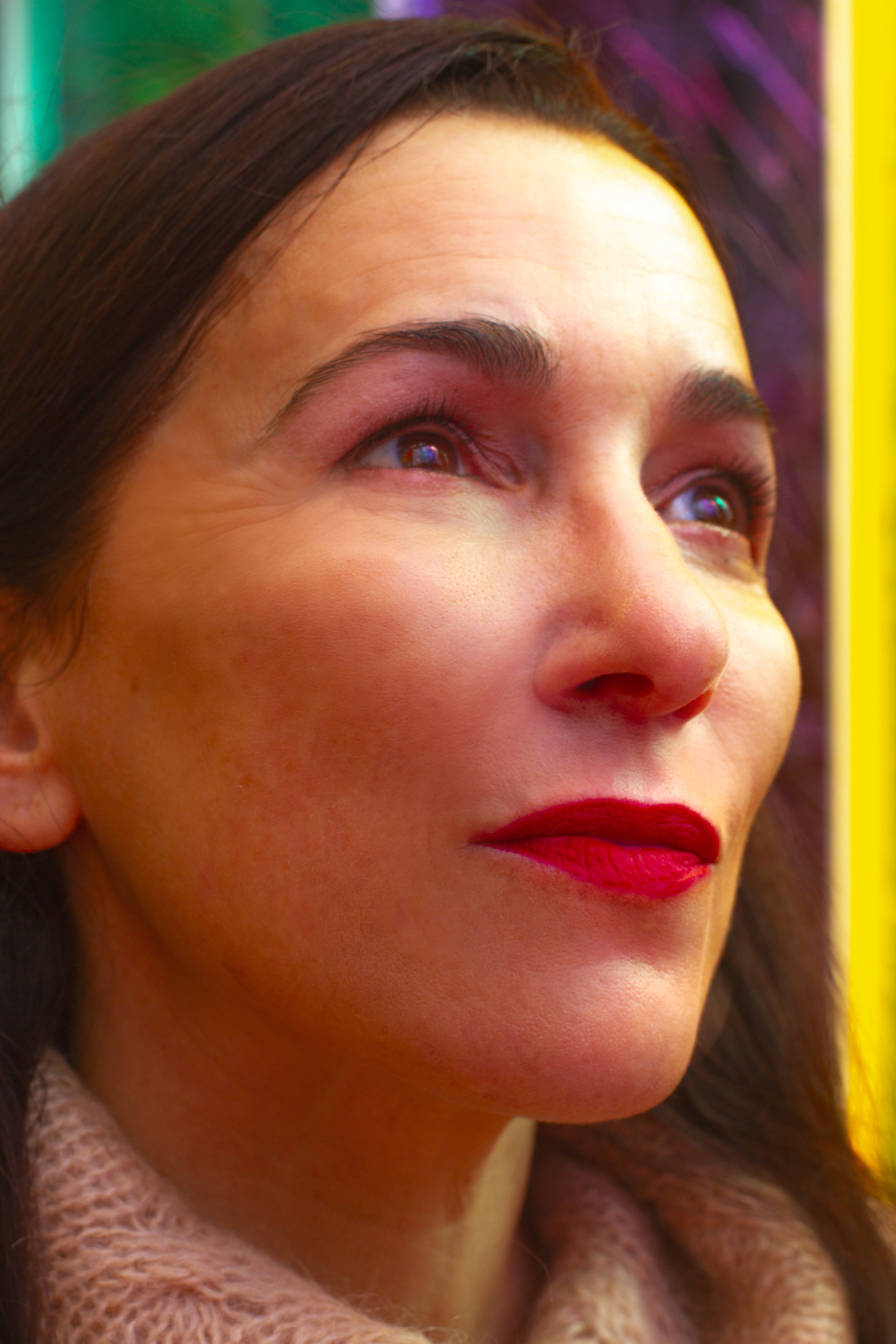ARTIST: AMANDA FRIEDLAND & CREATING THE CHROMACABANA
WORDS: VICTORIA INNOCENZI
The Chromacabana is truly one-of-a-kind. Amanda welcomes us into her safe space- one that she created with the intention to share it with creatives in a variety of modalities to feel uplifted.
The greenhouse resides in Highland Park, CA and is created with an assortment of colorful plexiglass.
Instagram: @thechromacabana
Tell me about yourself as an artist. Who is Amanda Friedland?
An artist is an evolving state of being. I am in the middle of change which is what inspired The Chromacabana. I see it as my chrysalis and I am in metamorphosis.
What was your upbringing as an artist like?
I grew up in South Africa surrounded by color. My father would go prospecting and his collection of geodes would fill the house, along with my mom’s beautiful handmade chiffon outfits. I started tie-dying shirts to sell at a store when I was 13. We moved to La Jolla when I was 15 and graduated high school early because I wanted to start working. I worked at a handmade clothing store. One of the designers made beautiful hand-dyed silk and was looking for a seamstress. I had only taken one home- ec sewing class but told her I knew how to sew. I blagged my way into the job and she taught me how to sew. Around 19, I got a degree in Fashion Design from FIDM. While I was going to school, I was also working as a cigarette girl in night clubs. We would make themed costumes out of shower curtains and marching band outfits from satin.
How did you start working in costume design in the film industry?
Working in night clubs had given me access to people that I never would have access to at 19. It was in one of these night clubs that I met a wonderful designer who became my mentor for many years, Michele Rede. Michele was talking about shirts she was having made for David Bowie and I marched up to her with my big tray and fishnets, stiletto heels and probably a cracker jack box hat and said… “I sew!” She gave me her card and I called her the following day. My first job in the industry was her assistant working on a Japanese commercial with the famed photographer Herb Ritts. From there, I worked with Michelle for a few years, leading me to also work with Michael Kaplan, Mona May and Arianne Phillips on Fight Club, Clueless, Tank Girl, People Vs. Larry Flynt. These are just a few costume designers who I worked with. I learned a lot. This is how I started.
Are you drawn towards working on certain film projects?
Mostly Science Fiction. I did Terminator: Sarah Connor Chronicles and the Pilot for Terra Nova. Some of the work I did however, such as House of 1000’s Corpses, The Mentalist and Graceland are not science fiction… You see, I gravitate towards the notion of what would life be if we did things slightly differently? If we went back in time and started over, if we went forward in time…This is what I enjoy about sci-fi… The question of what is human nature, ultimately. It was interesting and gratifying to give a visual representation of these questions, ideas, and stories. I found it very satisfying for many years.
What are some struggles you have faced?
I’ve lived with anxiety and depression for a very long time. And this was intensified in 2015/ 2016 when I experienced a tremendous amount of loss in a very short amount of time.
I lost my father, was processing my mothers passing some years prior and a great friend of mine was gravely ill with ALS, her name was Betsy Davis. She was a performance artist and sculptor and her final performance was her death. California had recently become a right-to-die state, so her closest friends showed up to support her for her transition from this dimension to the next. All of this was very challenging and led me into a deep depression. During this same period, I worked on Netflix’s ’13 Reasons Why’ for the first couple of episodes. It was more than a job to me, because the subject of the show was suicide which I connected to deeply as I was suicidal at the time. And then for the first time in my life I got fired from a job which spiraled me into an abyss. Up until that time I had managed to suppress my depression and anxiety with my work. For so many years I had channelled my energy through my work into burying my pain. So when I lost this job that I had held dear it shattered my identity. As difficult as this was, it led me into a period of intense introspection and with the love and support of my family and friends, a period of healing within which I began to ask how I could make meaning of my pain to help others heal, too.
Where did the idea for The Chromacabana first happen?
My friend, Heather Williamson, who is a brilliant artist, came into town to work on music and stay with me. She helps get me out the house because I can get very reclusive, and I like to think, we make each other feel safe. She suggested one evening we go to dinner and I said yes. It was a huge step for me at the time and I’m glad I sad yes because that night I felt inspired for the first time in a very long time. I felt my pilot light reignite and the idea was born.
How did you come up with the design for the greenhouse?
The design evolved along the way. At first I was going to do it with symmetrical, rectangular panels and a black steel frame. But that was all wrong because when the black panels went up, it looked like a prison. I thought, let’s make it white, let’s make it light, airy and magical… SAFE! Now, let’s bring in color. Color has always been vital to my psychic health. I’ve always needed visual cues to snap me out of dark places.
What was the intention behind creating this space?
The Chromacabana was and still is, built with the intention to bring creatives and community to me- to bring it home. I think the last couple of years have been difficult for a lot of people. It was difficult what happened with the election and what we’ve been dealing with since- with minorities, people of color and the lgbtq community. There are a lot of challenges happening for people and I wanted to create a safe environment and a place where people felt good.
In what ways, do you think art is healing?
I really like the letter written by Martha Graham to Agnes De Mille that starts
“There is a vitality, a life force, a quickening that is translated through you into action, and because there is only one of you in all time, this expression is unique. And If you block it, it will never exist through any other medium and be lost. The world will not have it. It is not your business to determine how good it is nor how valuable it is nor how it compares with other expressions. It is your business to keep it yours clearly and directly to keep the channel open. You do not even have to believe in yourself or your work. You have to keep open and aware directly to the urges that motivate you. Keep the channel open…”
… I want to create a portal for people to work in and work through.
I think it’s an important outlet. As people, we have desires, wants, needs and if we don’t honor those needs, both the dark and the light, then they will subvert and come out in other ways. In my case, it was drinking too much. I feel like art allows your desires, wants and needs to be met in the light and even if those needs are to express your darkness, you’re doing that in the light and you’re sharing it with the world and the world needs to see it. The space is becoming a conduit for other people’s creativity and it feels good. The Chromacabana has allowed me to meet so many amazing humans and although I still experience depression and anxiety, there is something about this place where the armor drops and we just want to be authentic and be seen and heard.
What advice would you give to an artist that is experiencing self-doubt?
It’s important to me that artists know they’re not alone. We’re out here, your community wants to support you, wants to love you, wants to help lift you up. I knew if I wanted change in my life, I had to make that change. The world wasn’t going to help me until I helped myself.
What power comes from creating a channel for artists to come together and to support one another?
I think we’re all energy and feel like we’re all just looking for the right channel on the dial to tune into. When you’re tuning that dial, sometimes it’s just static, sometimes it just dissonance, sometimes it’s noise and it feels uncomfortable and then you tune into the right channel, finally, you find yourself connected to that flow of inspiration, to that joyful experience and it lifts you up.
The power I get comes from being able to lift peoples energy, to give love and support- thats what I want The Chromacabana to be.
If you could be a book, what kind of book would you be and why?
The Lion, The Witch and The Wardrobe. That book was my safe place when I was a child








